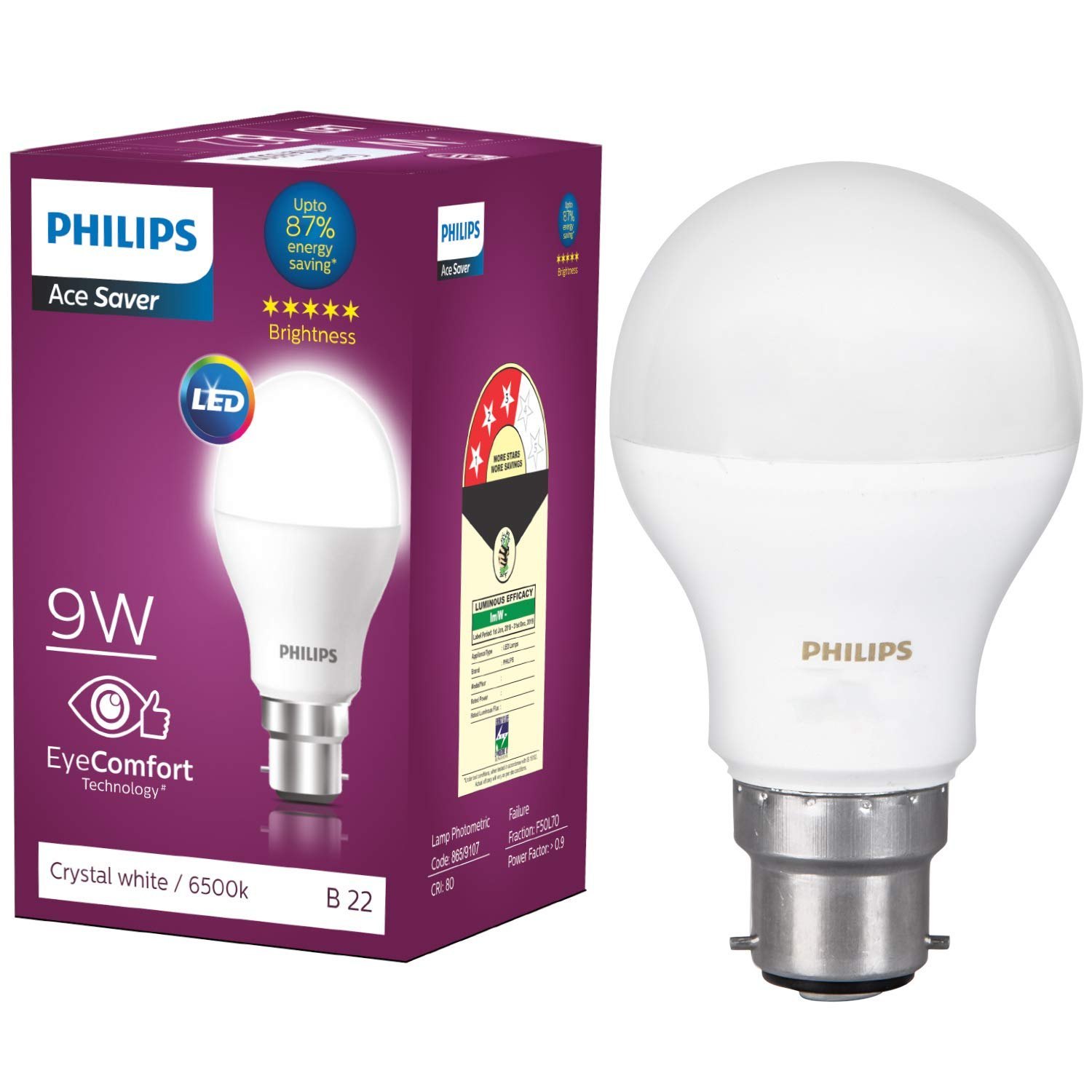

Articles
What Is A 9-Watt LED Bulb Equivalent To
Modified: August 19, 2024
Learn all about the 9-watt LED bulb and its equivalent to traditional bulbs in this informative article. Find out how this energy-efficient choice can save you money and reduce your carbon footprint.
(Many of the links in this article redirect to a specific reviewed product. Your purchase of these products through affiliate links helps to generate commission for Storables.com, at no extra cost. Learn more)
Introduction
When it comes to choosing the right light bulb for your home or office, it’s important to understand the different types and their specifications. In recent years, LED bulbs have gained popularity due to their energy efficiency and long lifespan. However, one common question that arises is: what is a 9-watt LED bulb equivalent to?
Understanding the relationship between wattage and brightness is essential to make an informed decision. In the past, wattage was used as a reference point for determining the brightness of a bulb. However, with the advent of LED technology, this has changed.
In this article, we will delve into the concept of lumens, compare the brightness of a 9-watt LED bulb to other types of bulbs, and explore factors to consider when choosing a light bulb.
So, let’s shed some light on the topic and find out what a 9-watt LED bulb is equivalent to!
Key Takeaways:
- LED bulbs are measured in lumens, not watts. A 9-watt LED bulb produces 800-900 lumens, equivalent to a 60-watt incandescent bulb, offering energy efficiency and long-lasting brightness.
- Consider factors like energy efficiency, lifespan, and color temperature when choosing LED bulbs. They provide equivalent brightness to incandescent bulbs while offering cost savings and environmental benefits.
Read more: What LED Bulb Is Equivalent To 60 Watts
Understanding Wattage and Brightness
Wattage has traditionally been used as a measure of a light bulb’s power consumption. The higher the wattage, the more energy the bulb consumes. However, when it comes to determining the brightness of a bulb, wattage alone is not enough.
With the rise of LED technology, which is highly energy-efficient, wattage is no longer an accurate indicator of brightness. LED bulbs use significantly less energy compared to traditional incandescent bulbs while producing the same, if not brighter, light output.
To measure the actual brightness of a bulb, we use lumens. Lumens are the standard unit of measurement for the amount of light emitted by a bulb. The higher the lumen count, the brighter the light it provides. For example, a bulb with 800 lumens will be brighter than one with 400 lumens, regardless of their wattage.
It’s important to note that different types of bulbs have different efficiency levels. Incandescent bulbs, for instance, convert most of their energy into heat rather than light, resulting in lower brightness per watt. On the other hand, LED bulbs are much more efficient and can produce higher lumens per watt.
So, when it comes to comparing the brightness of different bulbs, it’s crucial to focus on lumens rather than wattage. This brings us to the question of what a 9-watt LED bulb, with its low power consumption, is equivalent to in terms of brightness. Let’s find out!
The Concept of Lumens
To understand the concept of lumens, it’s helpful to have a basic understanding of how light is measured. Lumens measure the total amount of visible light emitted by a bulb, regardless of its direction. This is in contrast to watts, which measure the amount of power consumed by the bulb.
When it comes to choosing a light bulb, lumens are a more accurate representation of brightness. The higher the lumen count, the brighter the light emitted by the bulb. For example, a bulb with 800 lumens will provide a brighter light compared to one with 400 lumens.
Lumen counts can vary depending on the type of bulb. Incandescent bulbs typically have lower lumen outputs, while LED bulbs have higher efficiencies and can produce more lumens per watt. It’s worth noting that the same lumen output can be achieved with different wattages depending on the type of bulb.
For example, a 9-watt LED bulb can produce the same or even greater lumen output as a 60-watt incandescent bulb. This is because LED technology is more efficient at converting energy into light rather than heat.
It’s important to understand the lumen equivalents of various wattages when considering a bulb’s brightness level. Here are some rough equivalents to give you an idea:
- 450-800 lumens: equivalent to a 40-watt incandescent bulb
- 800-1,100 lumens: equivalent to a 60-watt incandescent bulb
- 1,100-1,600 lumens: equivalent to a 75-watt incandescent bulb
- 1,600-2,200 lumens: equivalent to a 100-watt incandescent bulb
Keep in mind that these are approximate conversions and can vary slightly depending on the specific bulb and manufacturer.
Understanding the concept of lumens allows you to make more informed decisions when selecting bulbs for your lighting needs. By considering the lumen output in relation to the wattage, you can choose a bulb that provides the desired level of brightness while minimizing energy consumption.
Comparing a 9-Watt LED Bulb to Other Types of Bulbs
Now that we have a better understanding of lumens and how they determine the brightness of a bulb, let’s compare a 9-watt LED bulb to other commonly used types of bulbs.
Traditional incandescent bulbs, which were widely used in the past, have a significantly higher wattage for the same lumen output compared to LED bulbs. A 60-watt incandescent bulb, for example, produces roughly the same amount of light as a 9-watt LED bulb.
This means that using a 9-watt LED bulb instead of a 60-watt incandescent bulb can save you a significant amount of energy and reduce your electricity bills. LED bulbs are known for their energy efficiency, as they require less power to produce the same amount of light.
Additionally, LED bulbs have a much longer lifespan compared to incandescent bulbs. While an incandescent bulb typically lasts around 1,000 hours, an LED bulb can last up to 25,000 hours or more. This extended lifespan further adds to the cost-effectiveness of LED bulbs.
When comparing LED bulbs to other types of energy-efficient bulbs, such as compact fluorescent lamps (CFLs), the difference in wattage becomes even more noticeable. A typical 9-watt LED bulb would provide a similar level of brightness as a 13 to 15-watt CFL bulb.
LED bulbs also have advantages over CFL bulbs in terms of lifespan and mercury content. While CFL bulbs contain small amounts of mercury, which can be harmful if the bulb breaks, LED bulbs are mercury-free, making them safer for both your health and the environment.
Another important point to consider is the quality of light emitted by LED bulbs. LED technology has advanced significantly in recent years, allowing for a wide range of color temperatures and improved color rendering. This means that an LED bulb can provide a warm, natural, or cool light, depending on your preferences.
Overall, when comparing a 9-watt LED bulb to other types of bulbs, it’s clear that LED technology offers significant benefits in terms of energy efficiency, lifespan, and overall quality of light.
A 9 watt LED bulb is equivalent to a 60 watt incandescent bulb in terms of brightness. When shopping for LED bulbs, look for the “watt equivalent” to find the right brightness for your needs.
Equivalent Brightness of a 9-Watt LED Bulb
When it comes to determining the equivalent brightness of a 9-watt LED bulb, we need to look beyond wattage and focus on lumens. As mentioned earlier, a bulb’s lumen output is a more accurate measure of its brightness.
A 9-watt LED bulb typically produces around 800-900 lumens of light, which is equivalent to the brightness of a traditional 60-watt incandescent bulb. This means that you can achieve the same level of brightness with a 9-watt LED bulb, while consuming significantly less energy.
It’s important to note that the actual lumen output may vary slightly depending on the specific brand and model of the LED bulb. However, most 9-watt LED bulbs are designed to provide a similar level of brightness as a standard 60-watt incandescent bulb.
For comparison, a 9-watt LED bulb is roughly equivalent to:
- A 13 to 15-watt compact fluorescent lamp (CFL) bulb
- A 60 to 75-watt halogen bulb
- A 40 to 60-watt old-style incandescent bulb
By using a 9-watt LED bulb as a replacement for higher wattage bulbs, you can enjoy the same level of brightness while reducing your energy consumption and saving money on your electricity bills.
In addition to the lumen output, it’s also important to consider the color temperature of the LED bulb. Color temperature refers to the perceived color of the light emitted by the bulb. Different color temperatures can create different ambiances within a space.
LED bulbs are available in a range of color temperatures, from warm white (2700-3000K) to cool white/daylight (5000-6500K). The choice of color temperature depends on personal preference and the desired atmosphere for the room.
So, if you’re looking for an energy-efficient lighting solution that provides equivalent brightness to traditional incandescent bulbs, a 9-watt LED bulb is an excellent choice.
Read more: What LED Bulb Is Equivalent To 40 Watts
Factors to Consider When Choosing a Light Bulb
When it comes to choosing a light bulb, there are several factors to consider beyond just wattage and brightness. These factors can greatly impact the functionality, aesthetics, and energy efficiency of your lighting setup. Let’s explore some important considerations:
1. Energy Efficiency: Look for energy-efficient options such as LED bulbs. LED bulbs consume less power while producing the same level of brightness as traditional incandescent bulbs. This not only saves you money on energy bills but also reduces your carbon footprint.
2. Lifespan: Consider the lifespan of the bulb. LED bulbs have longer lifespans compared to incandescent or CFL bulbs. Investing in bulbs with a longer lifespan can save you money and reduce the frequency of bulb replacements.
3. Color Temperature: Determine the desired color temperature for your space. Different color temperatures can create different moods and ambiance. Warm white (2700-3000K) provides a cozy and intimate feeling, while cool white/daylight (5000-6500K) offers a bright and energetic atmosphere.
4. Compatibility: Ensure that the bulb is compatible with your existing fixtures and sockets. Different bulb types have different base types, such as E26 or GU10. Make sure to check the compatibility before making a purchase.
5. Dimmability: If you have fixtures with dimmer switches, choose bulbs that are specifically labeled as dimmable. Not all bulbs are compatible with dimmer switches, so be sure to check the packaging or specifications.
6. Color Rendering Index (CRI): Consider the CRI of the bulb, which measures the ability to accurately render colors. A higher CRI value, preferably above 80, means the colors will appear more natural and true to life.
7. Design and Style: Consider the aesthetics of the bulb. LED bulbs come in various shapes, sizes, and designs. From traditional A-shape bulbs to globe bulbs and vintage filament bulbs, choose a design that complements the overall look of your fixtures and enhances the ambiance of your space.
8. Specialty Lighting: If you have specific lighting needs, such as dimmable bulbs for artwork or specialized bulbs for task lighting, make sure to choose bulbs that are designed for those purposes.
9. Budget: Consider your budget when selecting bulbs. While LED bulbs may have a higher upfront cost compared to incandescent bulbs, they offer significant long-term savings due to their energy efficiency and extended lifespan.
10. Environmental Impact: Lastly, consider the environmental impact of the bulb. LED bulbs are mercury-free and have a lower carbon footprint compared to other types of bulbs. Choosing environmentally friendly options helps to reduce the overall impact on the planet.
By considering these factors, you can make a well-informed decision when choosing the right light bulb for your needs. Remember that the right bulb not only provides adequate brightness but also enhances the functionality and ambiance of your space while being energy-efficient and cost-effective.
Conclusion
Choosing the right light bulb can make a significant impact on the functionality, aesthetics, and energy efficiency of your space. When considering what a 9-watt LED bulb is equivalent to, it’s important to focus on lumens rather than wattage. A 9-watt LED bulb typically produces around 800-900 lumens, which is equivalent to the brightness of a 60-watt incandescent bulb.
LED bulbs offer numerous advantages over traditional incandescent and CFL bulbs. They are highly energy-efficient, consuming less power while providing the same level of brightness. LED bulbs also have a significantly longer lifespan, reducing the frequency of replacements and saving you money in the long run.
When choosing a light bulb, consider factors such as energy efficiency, lifespan, color temperature, compatibility with fixtures, dimmability, color rendering index (CRI), design, specialty lighting needs, budget, and the environmental impact of the bulb.
By carefully considering these factors, you can select the right bulb that meets your lighting requirements, enhances the ambiance of your space, and contributes to energy savings and sustainability efforts.
In conclusion, a 9-watt LED bulb is equivalent to the brightness of a 60-watt incandescent bulb. Making the switch to LED bulbs not only improves energy efficiency but also provides long-lasting, high-quality lighting for your home or office. So go ahead and illuminate your space with the brilliance of LED technology!
Frequently Asked Questions about What Is A 9-Watt LED Bulb Equivalent To
Was this page helpful?
At Storables.com, we guarantee accurate and reliable information. Our content, validated by Expert Board Contributors, is crafted following stringent Editorial Policies. We're committed to providing you with well-researched, expert-backed insights for all your informational needs.
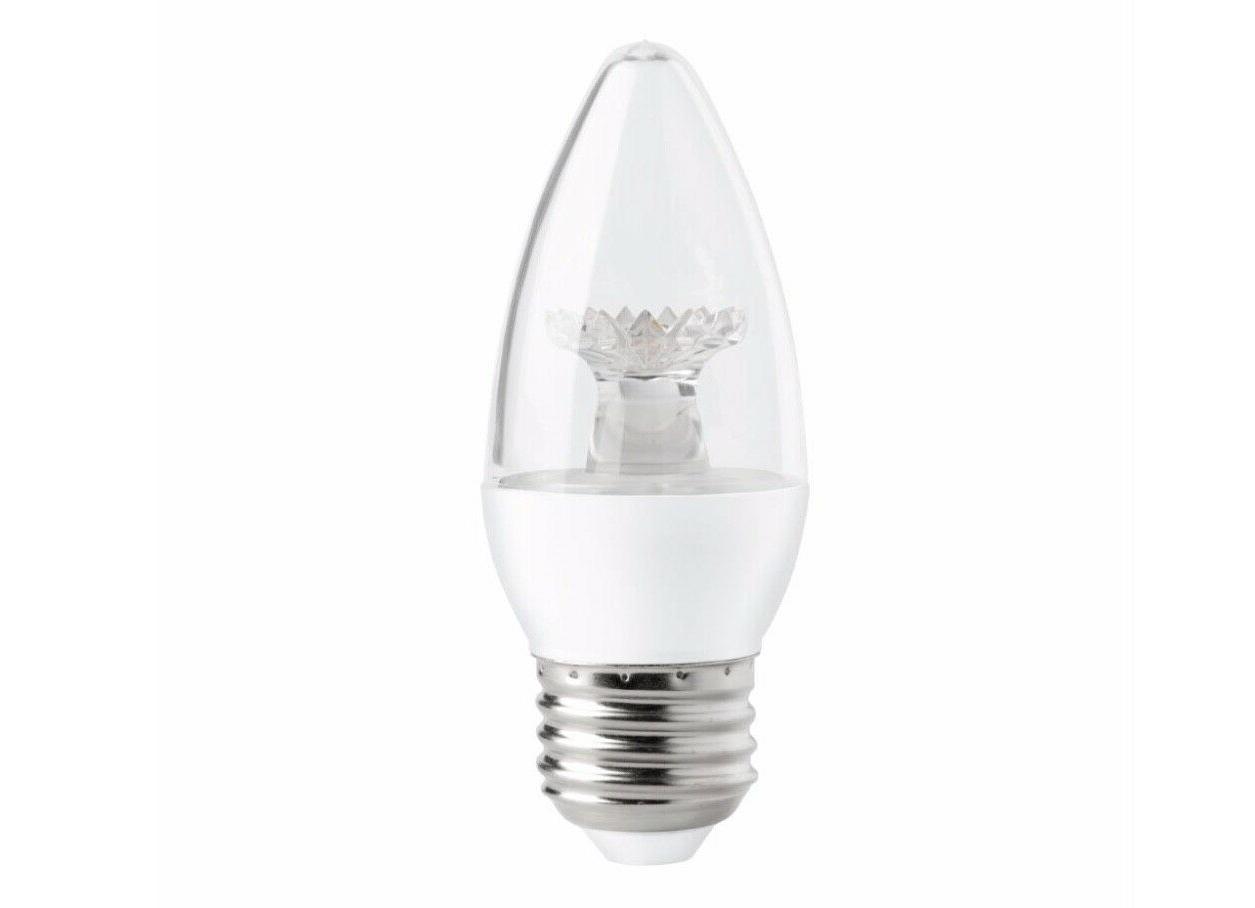

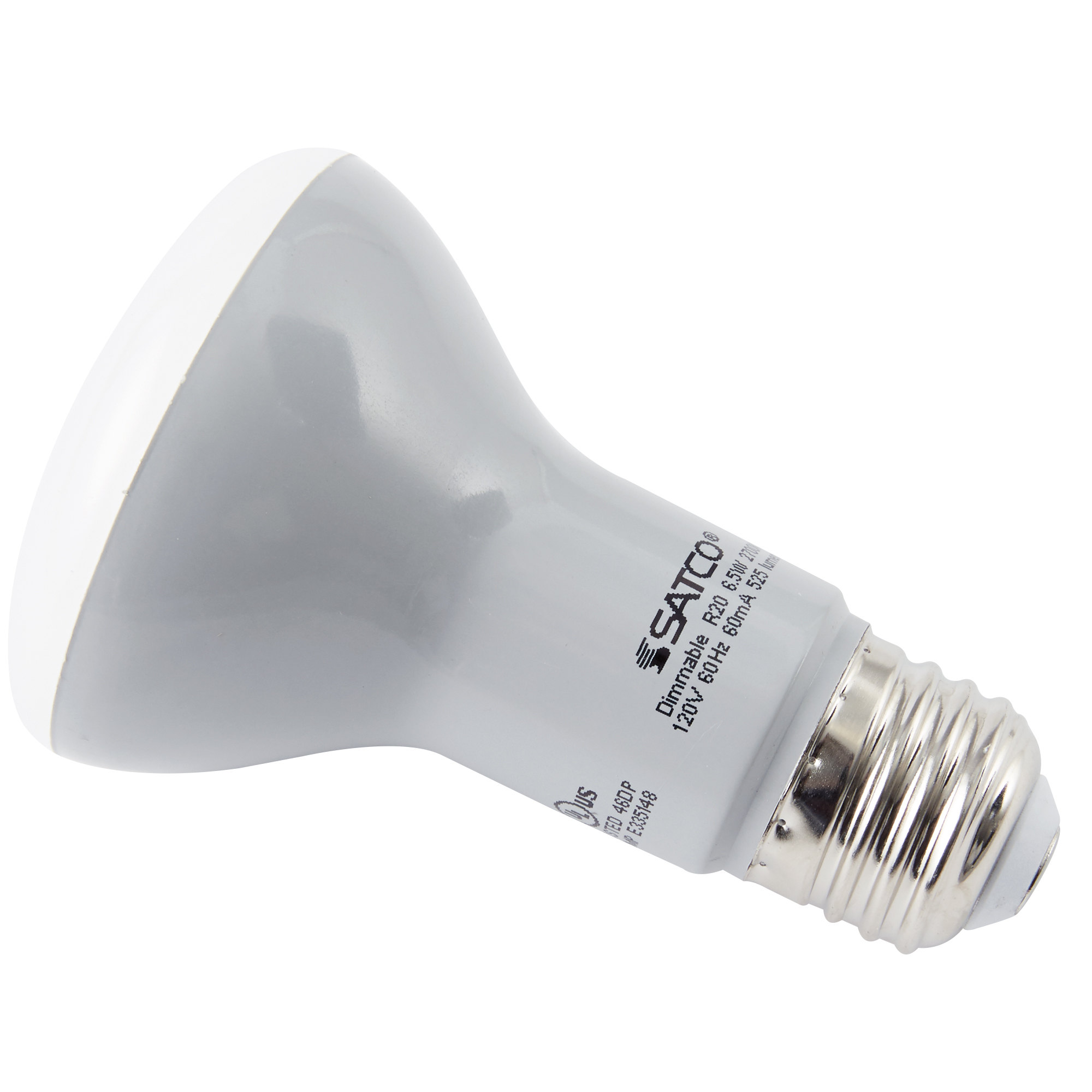

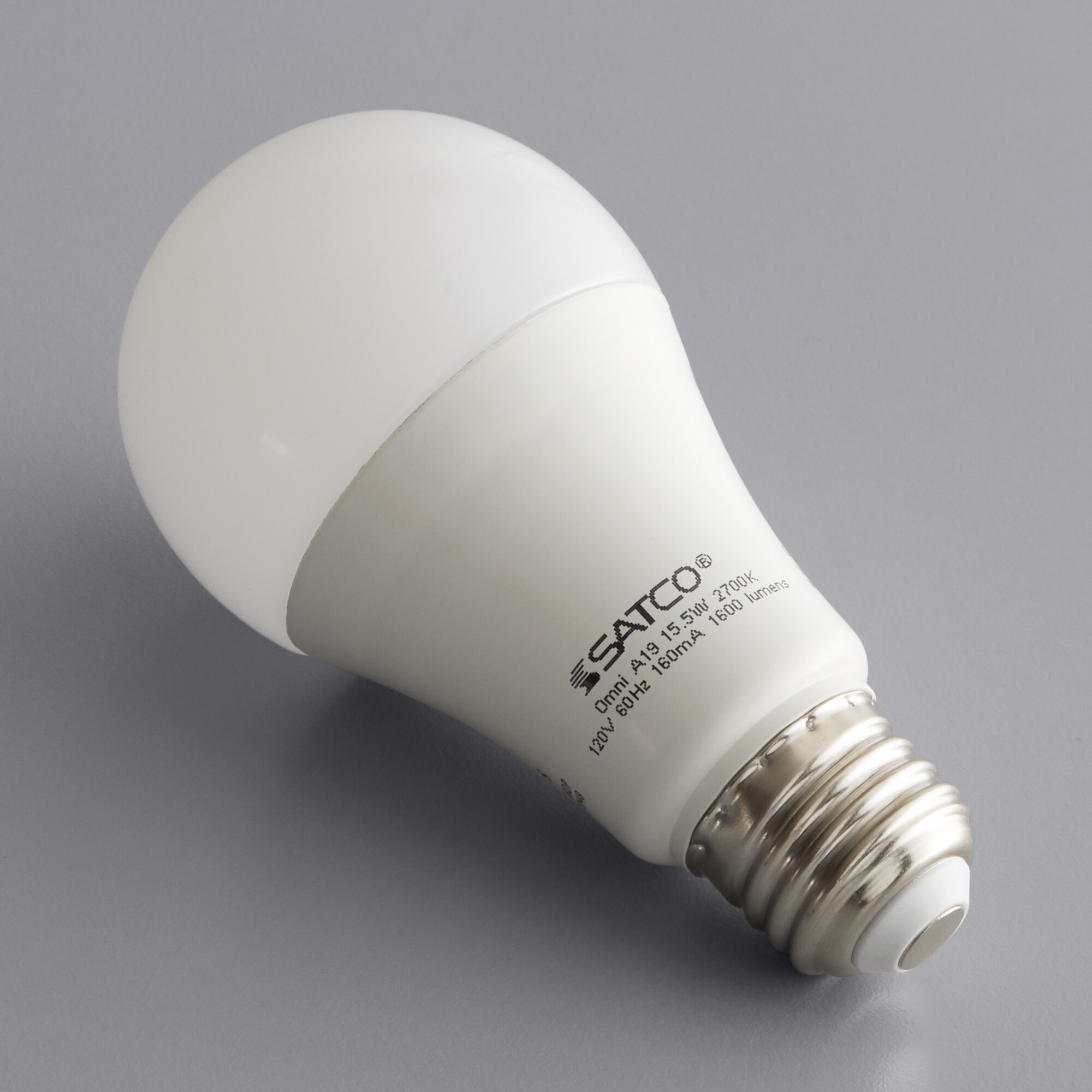
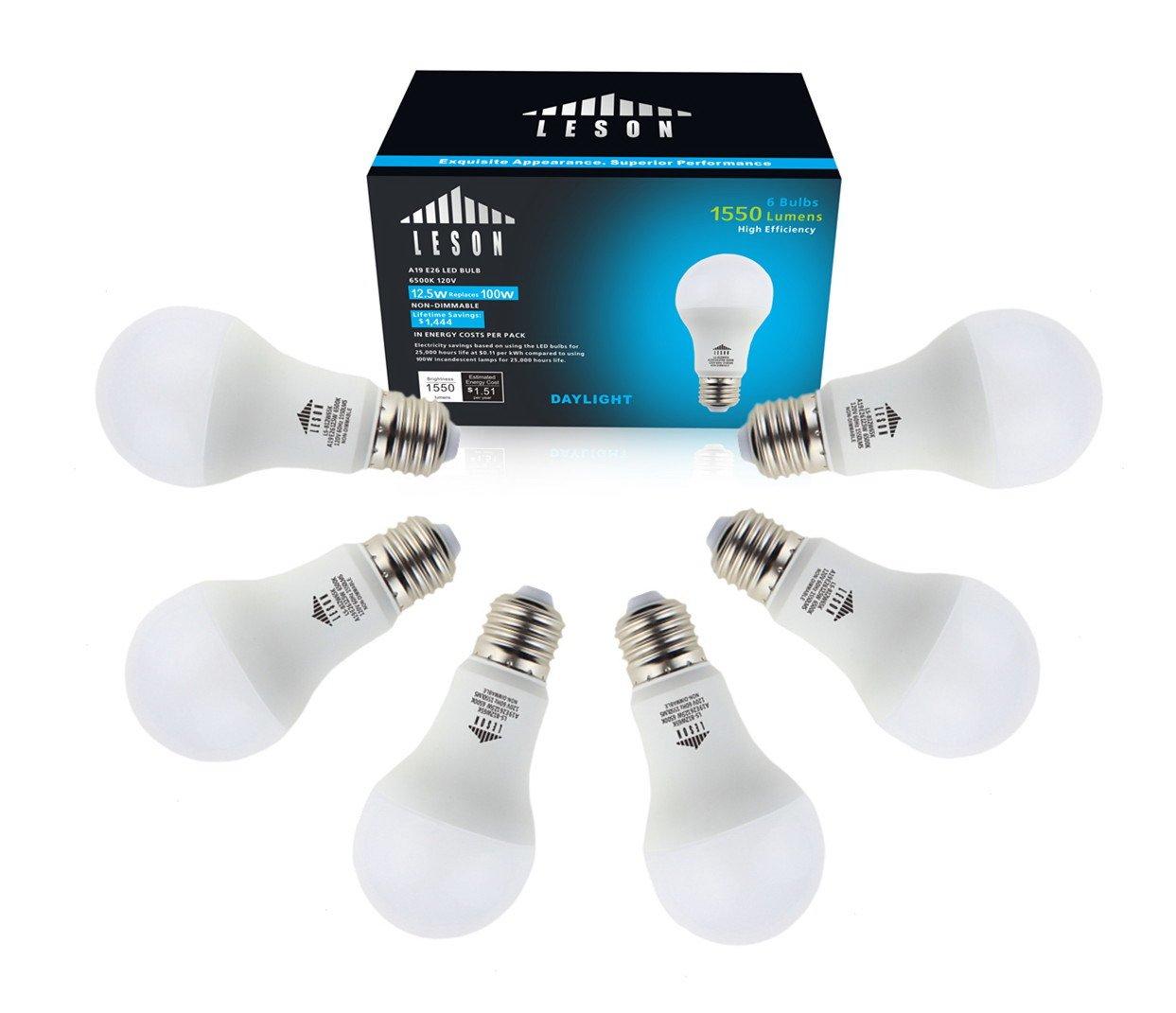
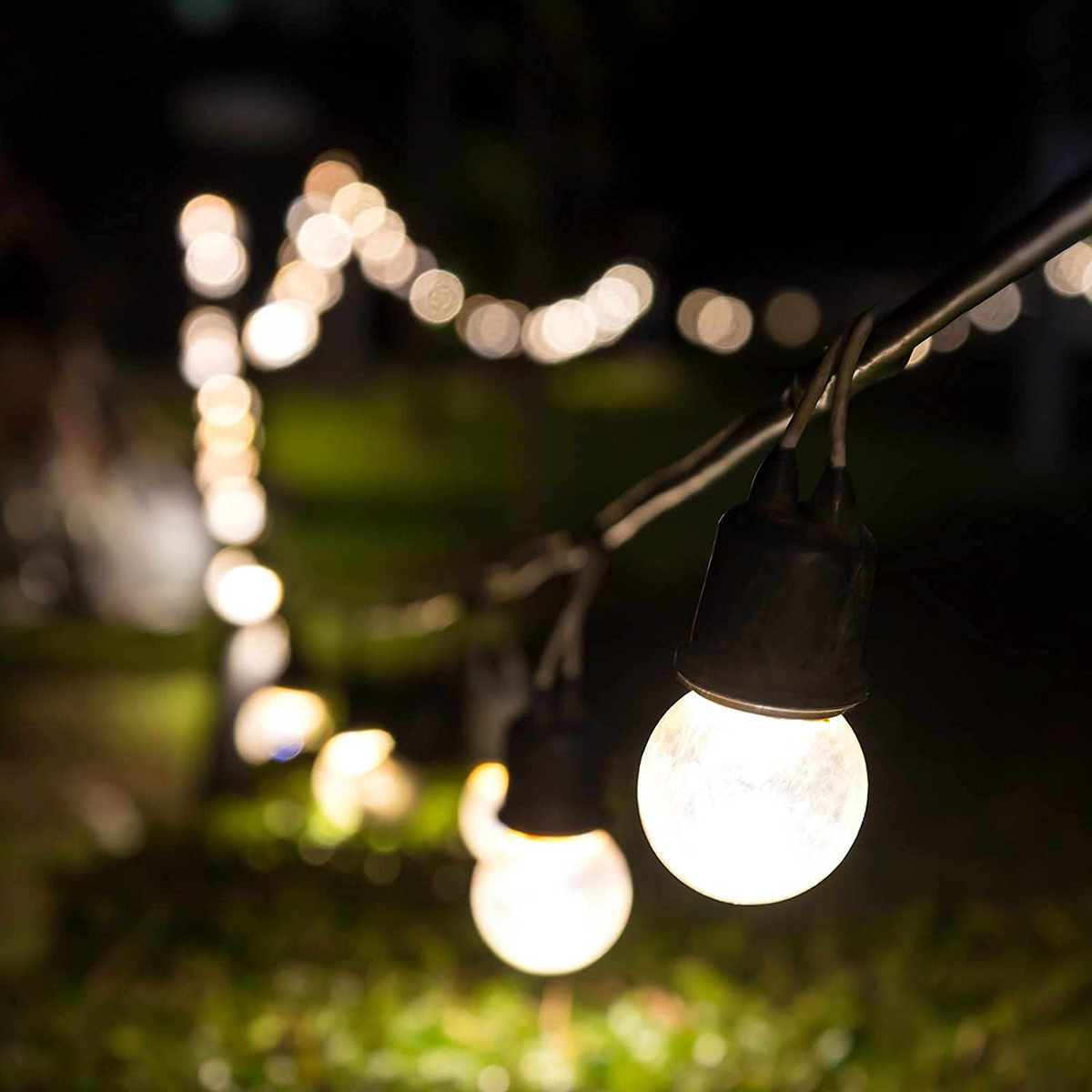
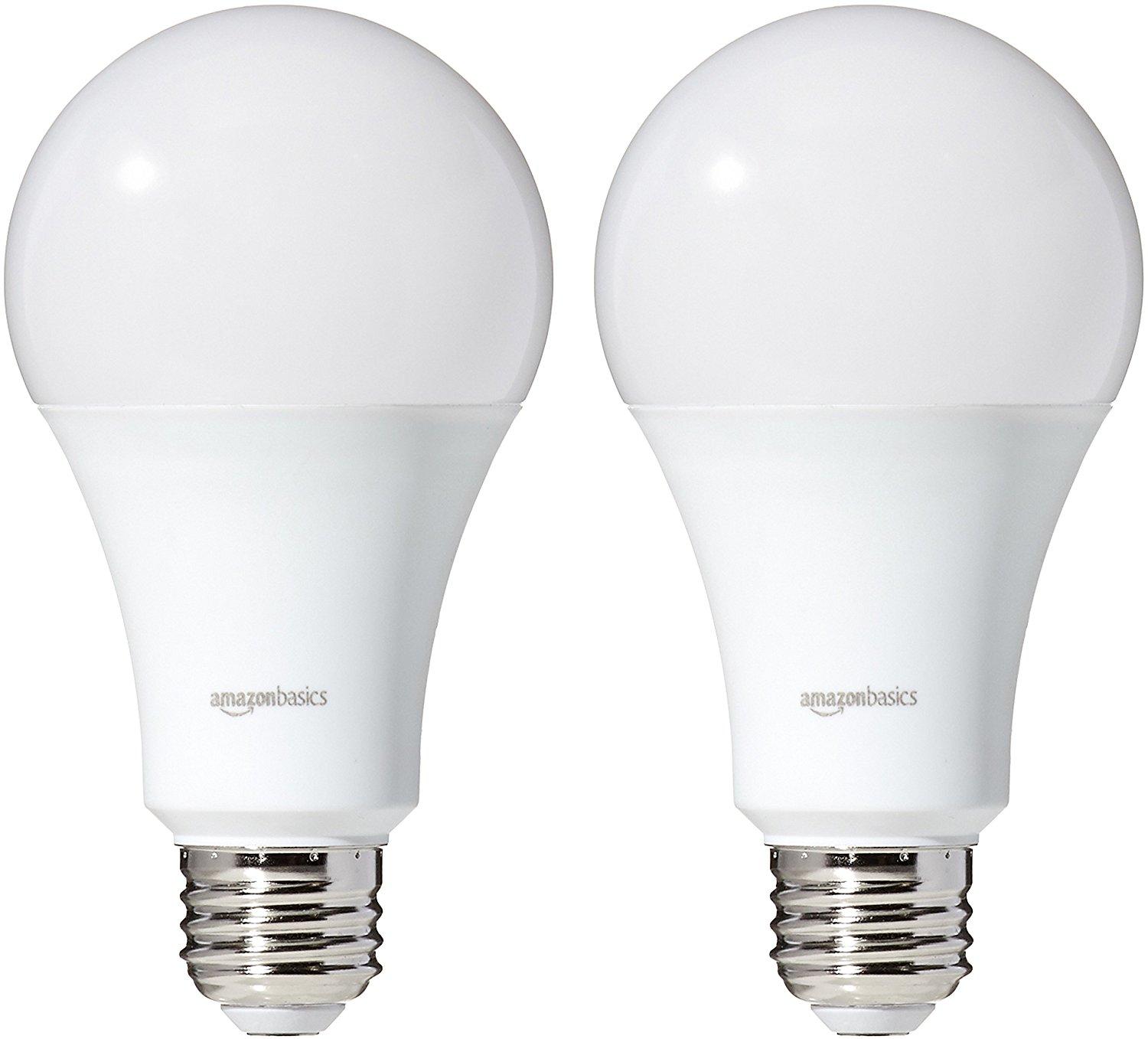
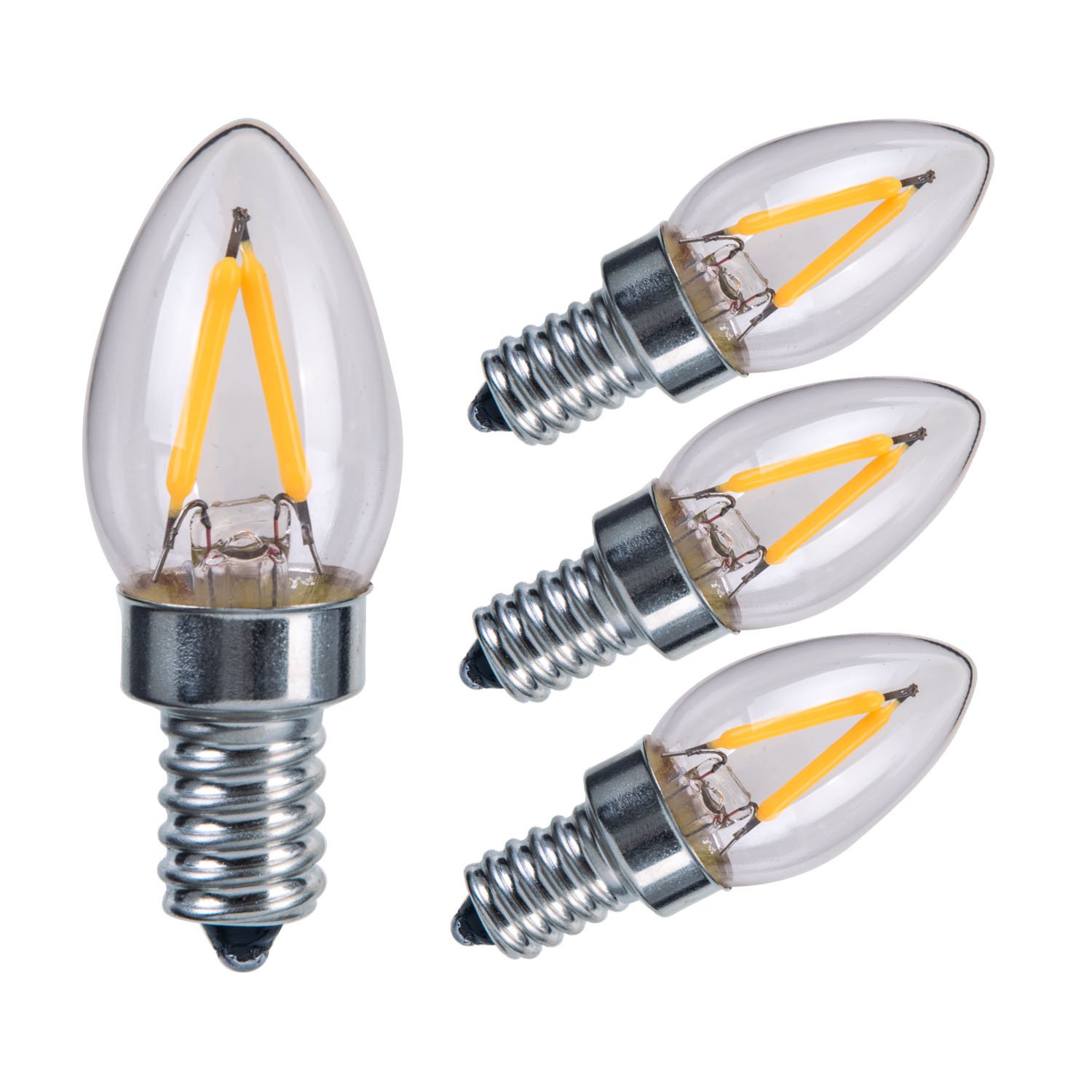
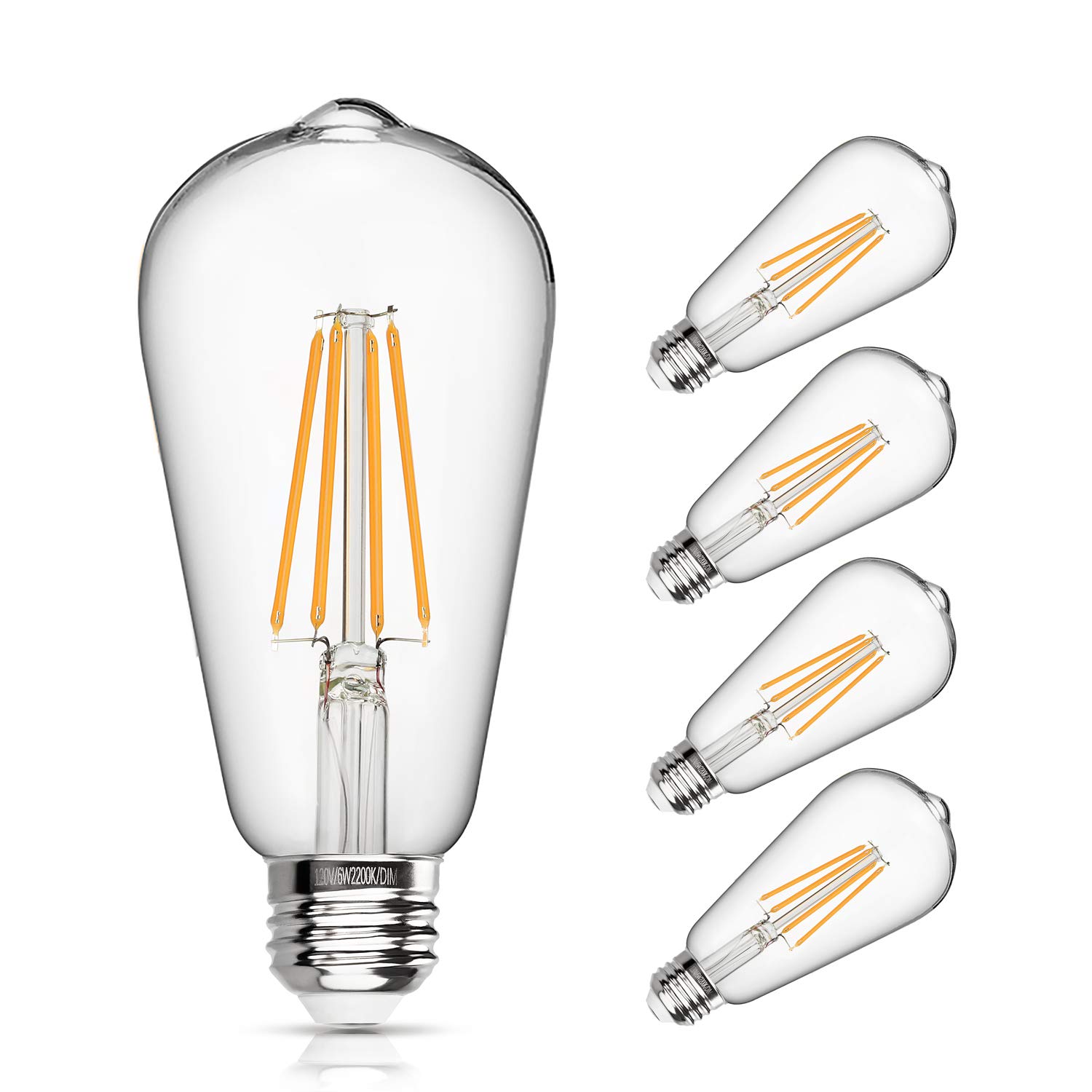
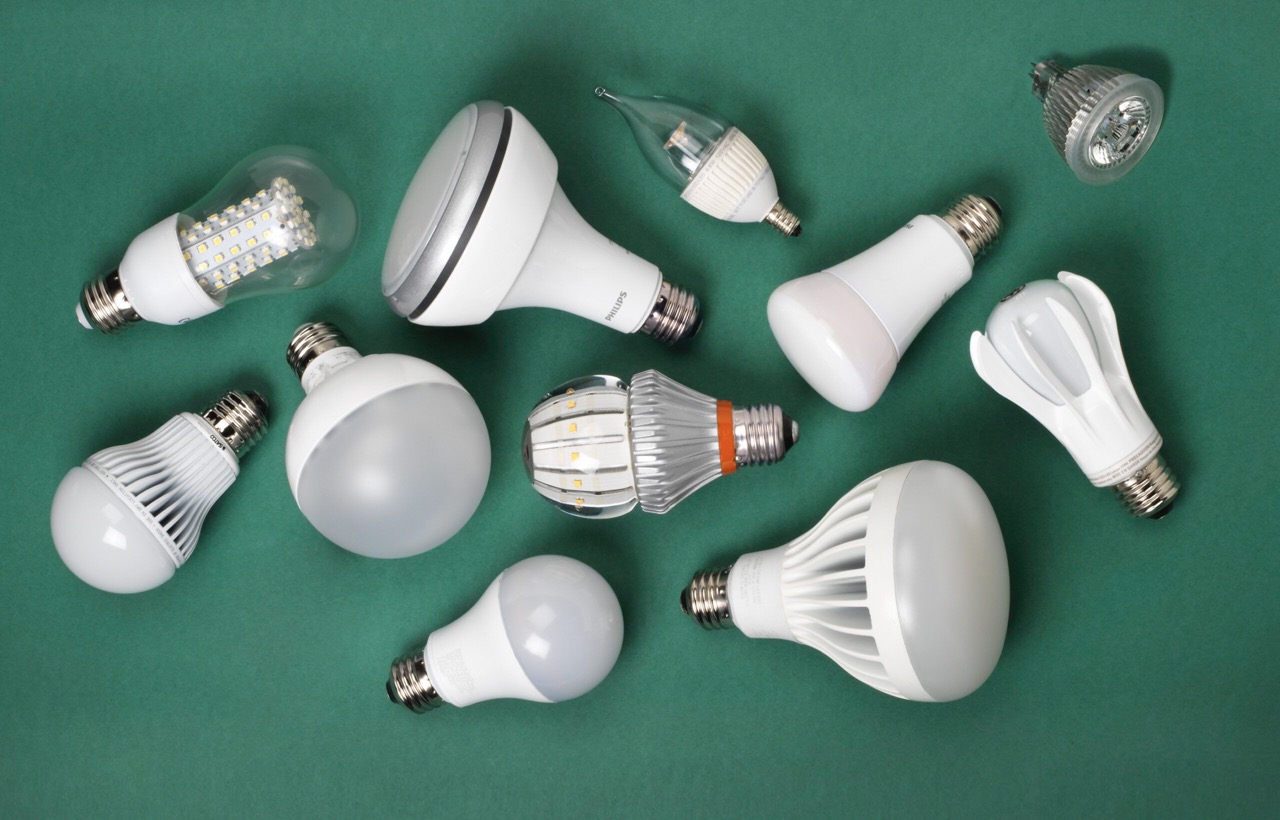
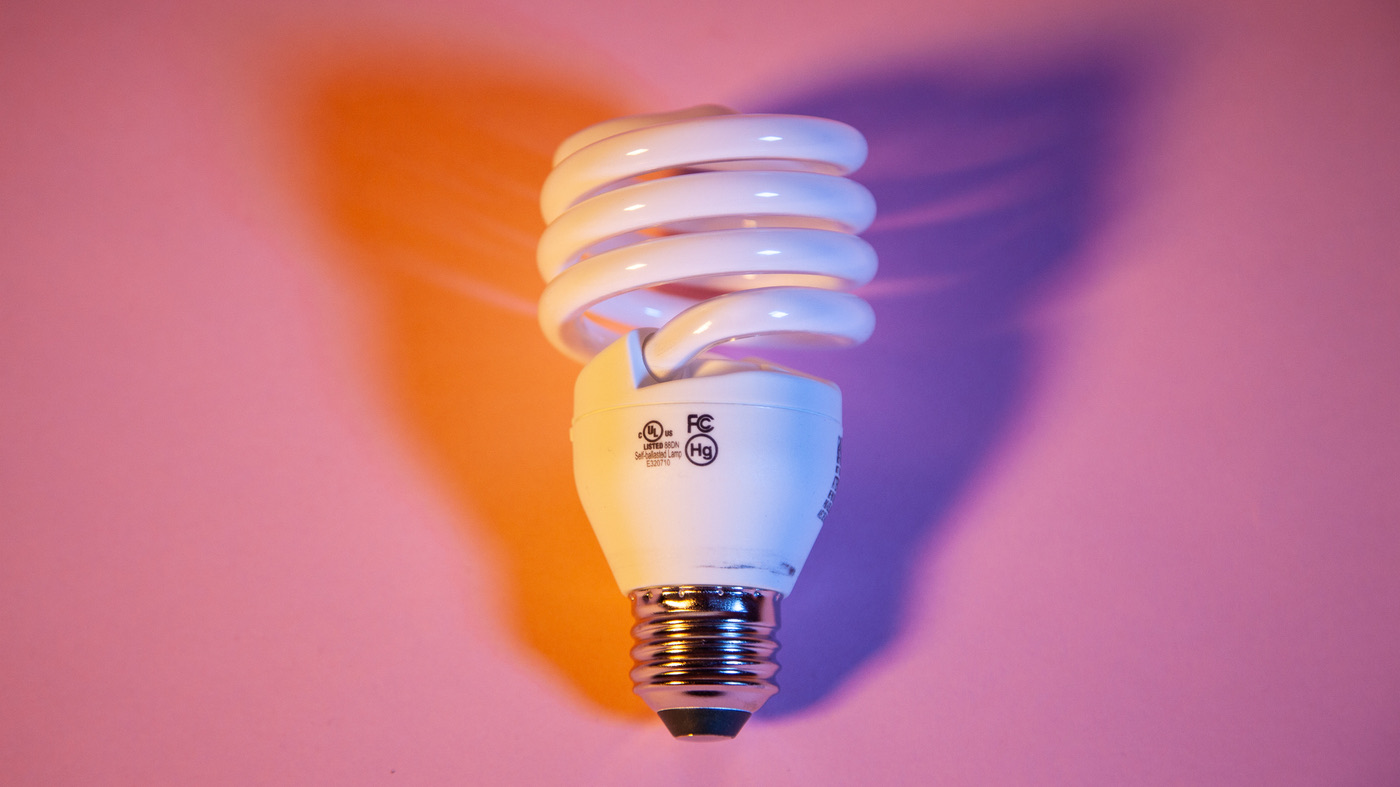
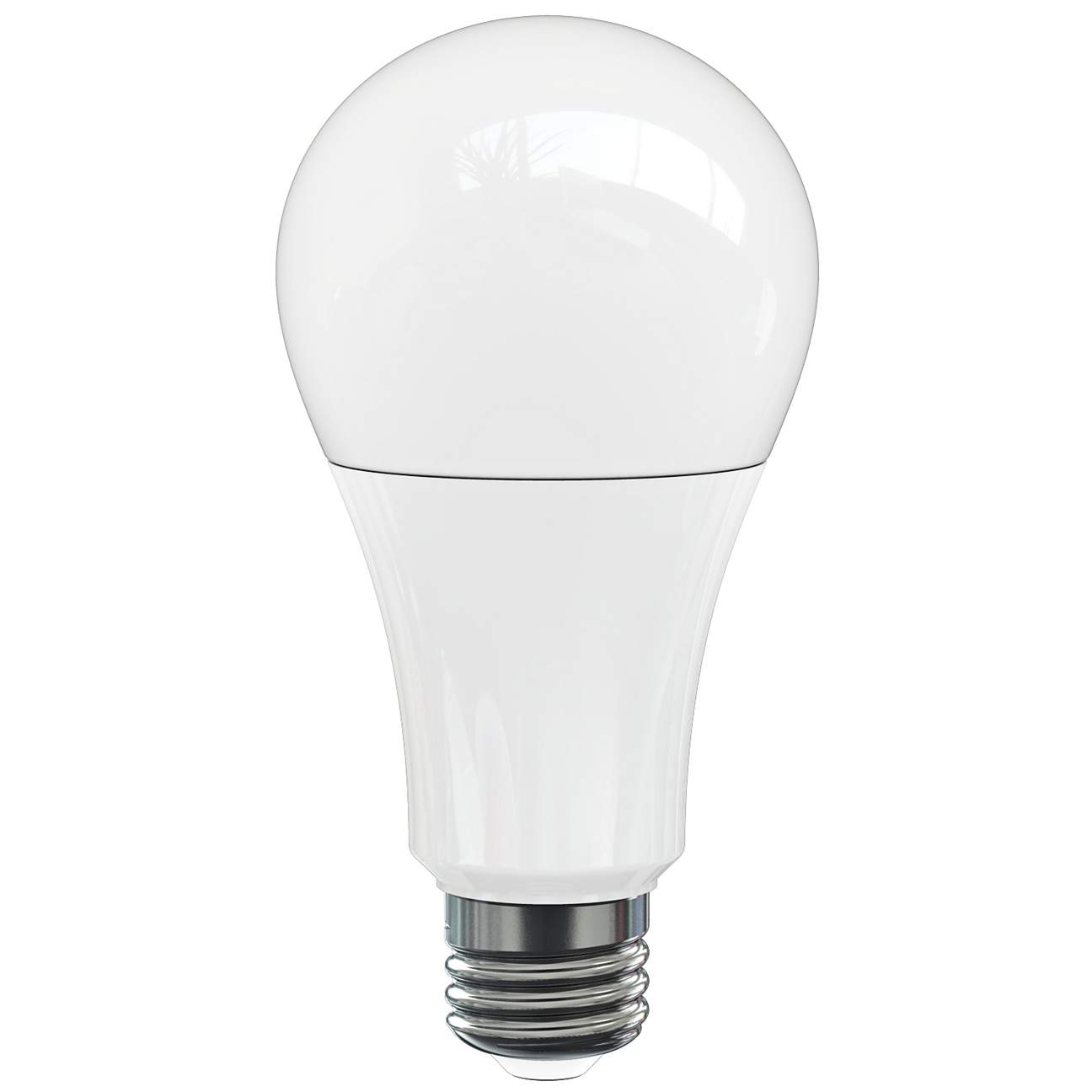
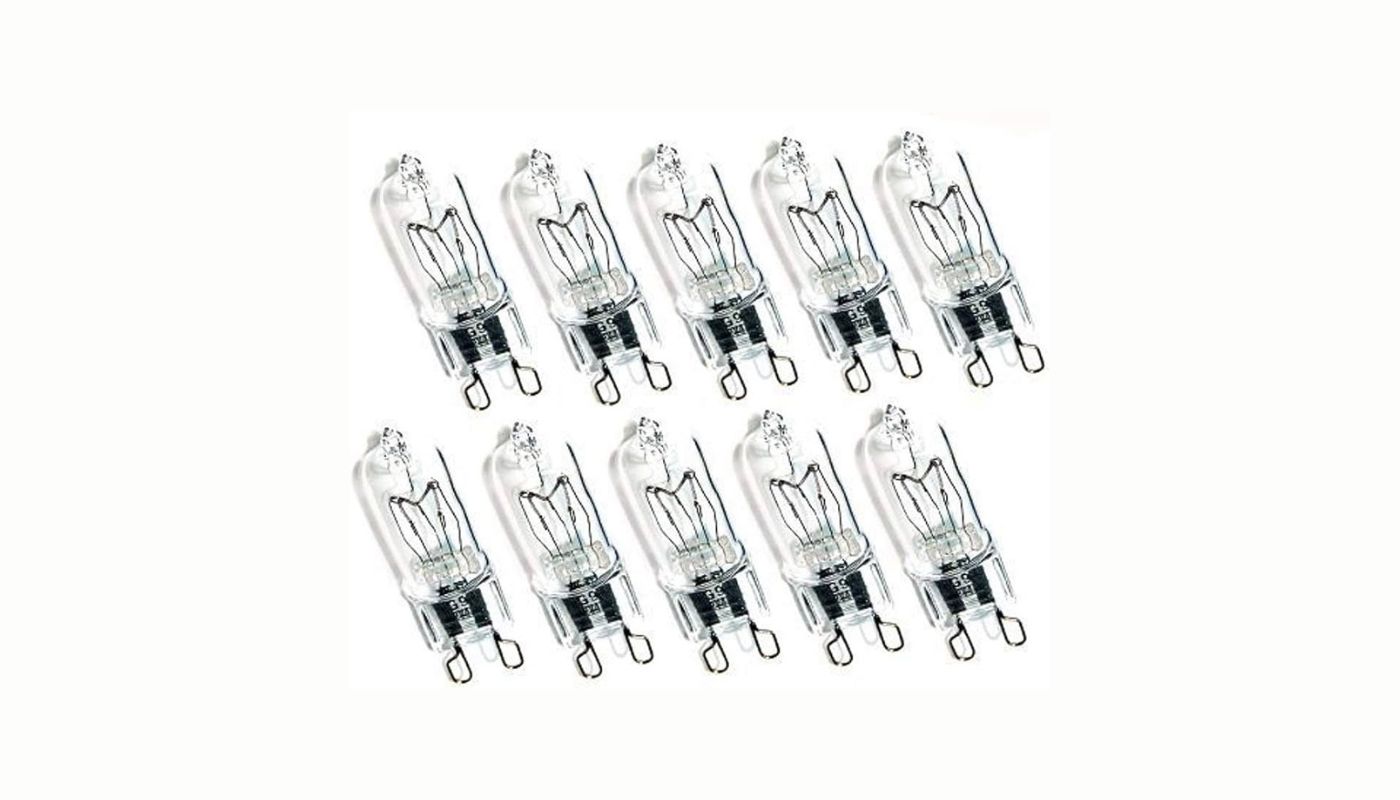

0 thoughts on “What Is A 9-Watt LED Bulb Equivalent To”